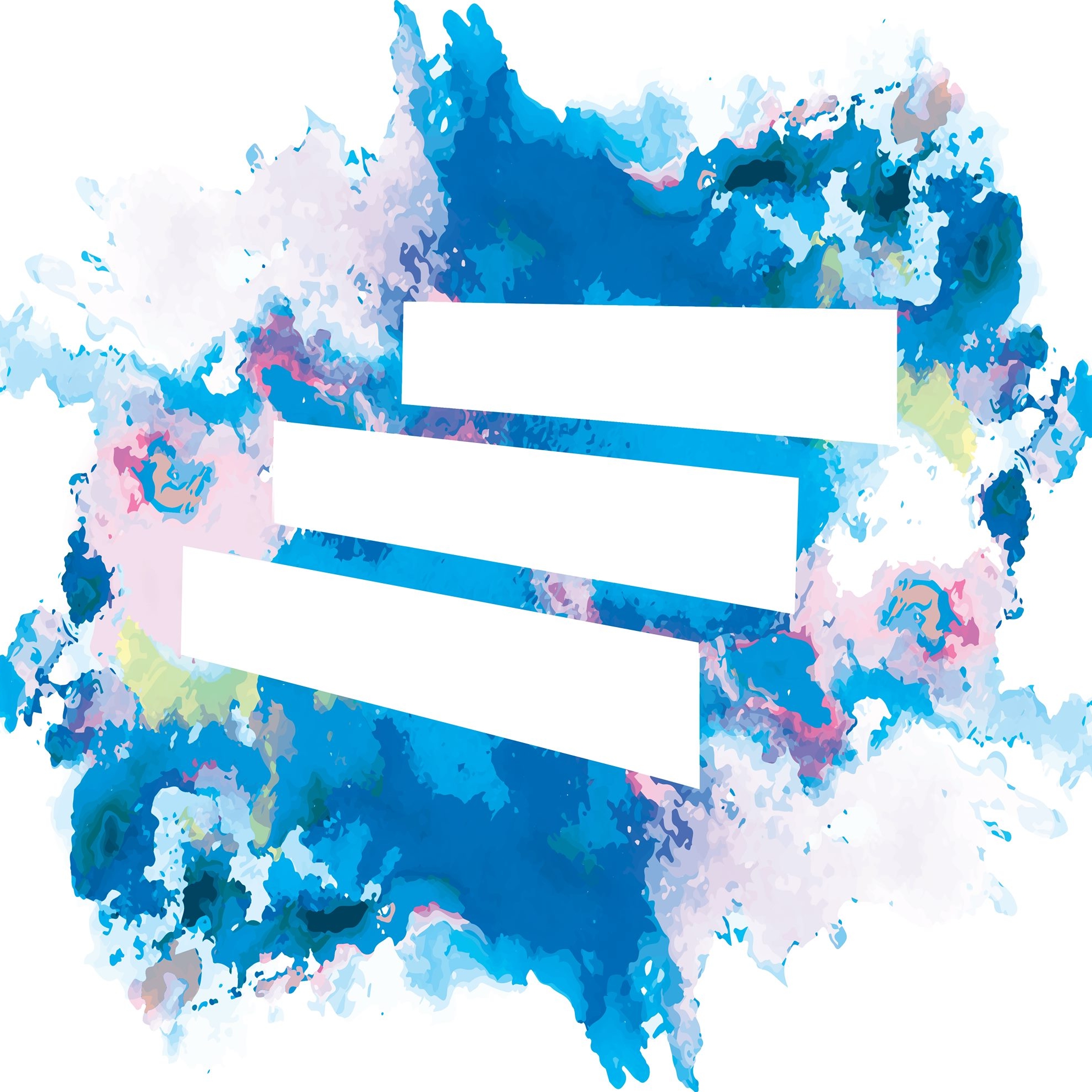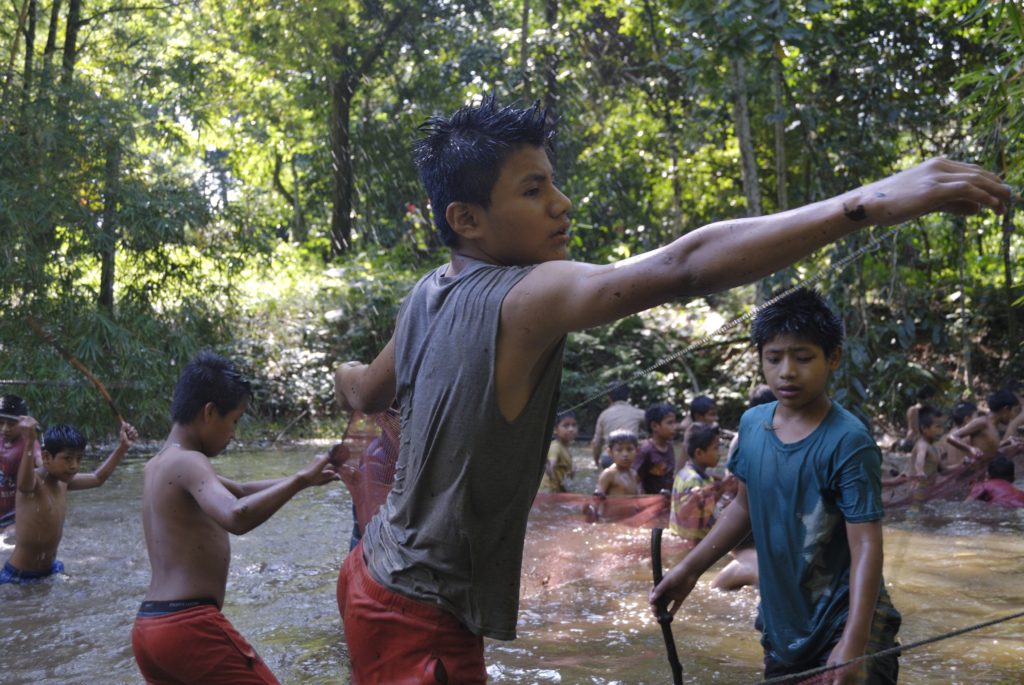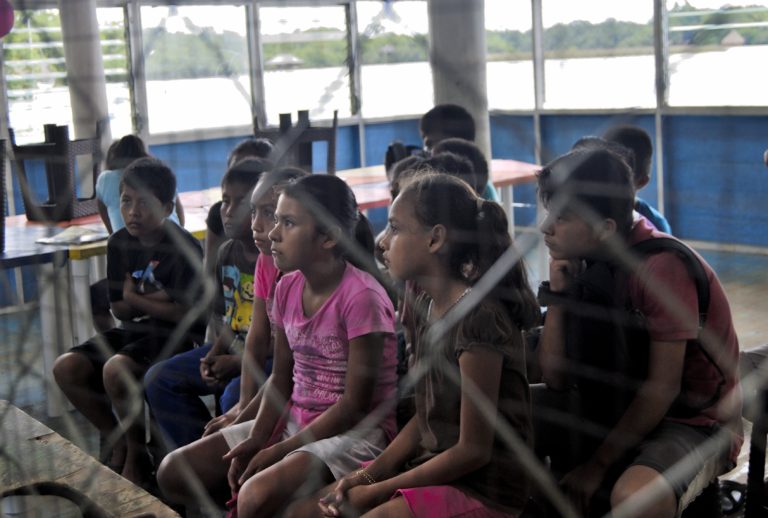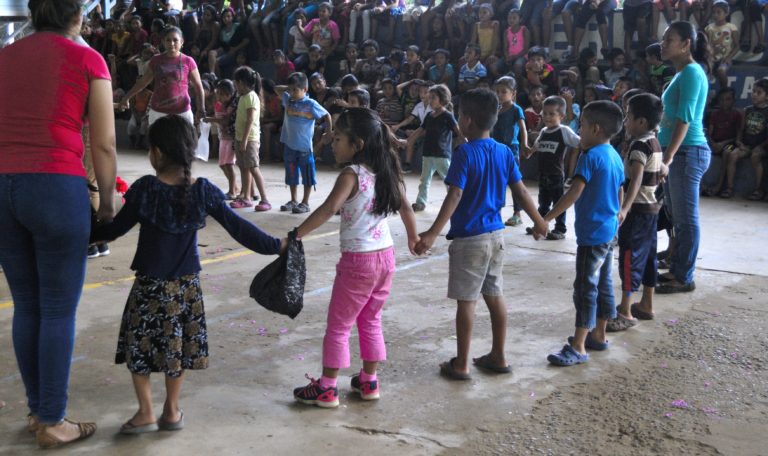Democratic or freedom-based learning schools defend the freedom and autonomy of the student. Learning always begins with students’ interests and motivations; it should not be determined by social needs. Within these schools you can find different trends such as the Summerhill free school, the Sudbury model and home education, among others. The most important theorists of these schools were John Dewey, Francisco Ferrer and Alexander S. Neill. The main purposes of these trends are to promote responsible freedom and creativity. Freedom refers to the individual’s ability to make decisions about their own learning, attending to their needs and respecting those of their peers. The key is to establish an educational community with autonomous individuals capable of self-managing their learning and understanding the importance of the collective in education.
Students take an active role in the teaching-learning process, exploring and deciding what they want to learn, working to achieve goals established by themselves. Students’ emotions, interests and needs are valued, guaranteeing their autonomy. Meaningful learning only arises from experience; information lacking in context and application does not generate learning.
Teachers must not impose their convictions and points of view, but stimulate learning and support students so that they can reach their objectives. They must be actively interested in understanding their students, establishing strong links that will promote dialogue and teamwork. Teacher-student relationships must be horizontal and authentic in order to achieve a collaborative climate in which meaningful learning connected to the social context is built. The acceptance of errors and conflicts are essential to understand the opposite point of view, negotiate and reach an agreement.
Organizational aspects are determined by the students themselves in the so-called assemblies. They make decisions about all educational areas: coexistence’s rules, activities, excursions and conflict resolution. The students, therefore, have total freedom to move in the different spaces, use the available materials and choose the activities according to their interests.
Methodologies used are project-based learning, cooperative learning and pedagogical self-management. Mutual help among peers should be promoted, eliminating competition. It is necessary to establish a work system based on peer support, which is similar to cooperative learning. Students build materials, organize activities, and also situations arise in which significant learning is generated. This methodology uses inductive procedures based on observation, hypotheses testing and results verification. Therefore, the student develops an active and critical attitude.
Teaching style is based on the student’s participation in teaching and socialization.
As teaching resources, reading materials, tools, physical exercises, theater and novels are used, textbooks are not used.
The most used teaching-learning activities are role plays, debates and discussions, always respecting the principle of learning by doing. With role plays, students follow the different thought development phases: 1) difficulty observation; 2) problem identification; 3) information search and solution proposals; 4) proposals analysis and evaluation; 5) best solution selection; 6) acting according to plan, applying corrections to make it work. This procedure is very similar to the well-known design thinking. Therefore, scientific reasoning is applied, besides favoring the development of divergent thinking and creativity to solve problems. On the other hand, the discussions deal with current issues such as sex education, theft, crimes, all in a relaxed manner. These are external stimuli that produce responses in the students, generating reflection and feedback dynamics. Through stimulating questions curiosity and interest is generated.
Prizes, qualifications and student evaluation are detrimental to personality development. However, in some schools the evaluation of learning processes is carried out, without giving relevance to the results. Objectives are personal and students’ progress is evaluated against these goals. Observed indicators are self and peer respect, creativity and independent thinking, for example.
Democratic schools stand out for their flexibility, originality and fluency. Students evolve quickly, use the inductive method with great skill and adapt and update quickly, showing flexibility. The use of multiple didactic resources, different materials and tools and the resolution of divergent problems, contributes to generate original answers. Students retain their individuality, as well as a unique personality and attitudes. The elimination of punishment eliminates the fear of being wrong and prejudices, so that your words and actions flow more smoothly.
References:
- Delgado-Noguera, M.A. (1991). Los Estilos de Enseñanza en laEducación Física. Propuesta para una Reforma de la Enseñanza. Granada, Editorial ICE.
- Educación respetuosa (2016). Educación libre: principios de la pedagogía libertaria. [Podcast]. Educación Respetuosa.
- García, F., Castellanos, H., Lenoir, H., Callo, S., Borghi,L., … Parajuá, D. (2012). Educación anarquista. Aprendizajes para una sociedadlibre. Santiago de Chile: Editorial Eleuterio.
- Lay, T.C.(2014). The curricular and pedagogic creativity of Summerhill school, and related reflection on the teaching in Singapure. Journal of Education and Human development, 3(2), 541-557.
- Miller, R.(2004). A Map of the Alternative Education Landscape. Alternative Education Resource Organization (AERO).




